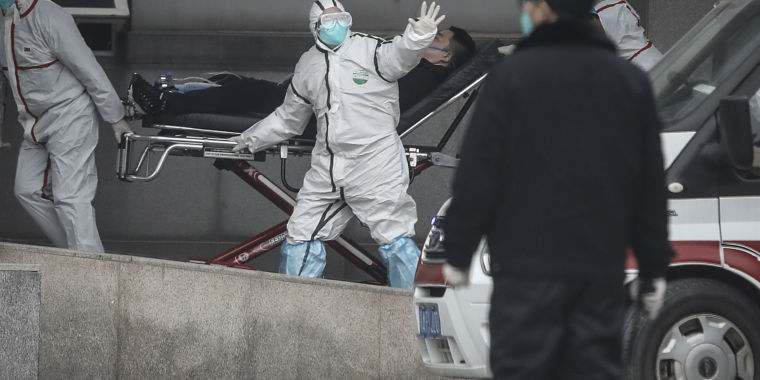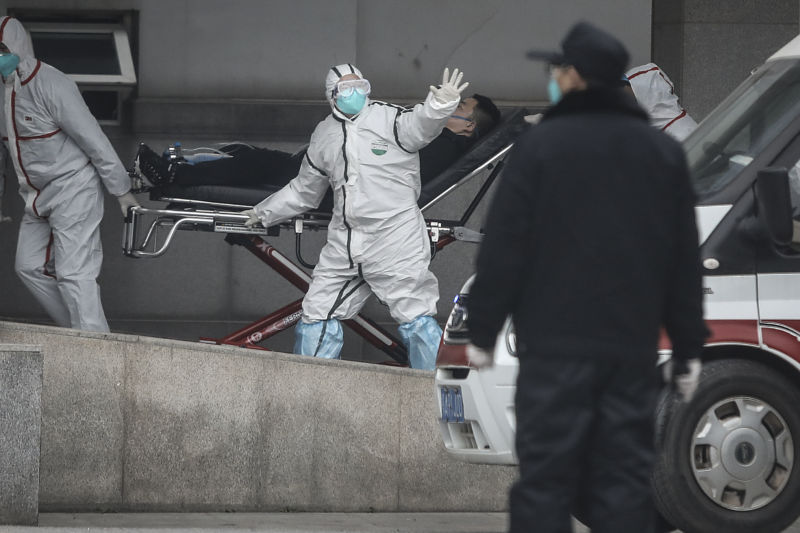
[ad_1]

Among the thousands of the first COVID-19 survivors in Wuhan, China, nearly half had at least one symptom that persisted for a full year after being discharged from hospital, according to a new study published in JAMA Network Open.
The study followed 2,433 adult patients who had been hospitalized at one of two hospitals in Wuhan at the start of the pandemic. Most had non-serious cases, but a small number had severe COVID-19 and required intensive care. All patients were discharged between February 12 and April 10, 2020, and study follow-up took place in March 2021.
Overall, 45 percent of patients reported at least one symptom during this one-year follow-up. The most common symptoms were fatigue, sweating, chest tightness, anxiety, and myalgia (muscle pain). Having a severe case of COVID-19 increased the likelihood of persistent symptoms; 54 percent of the 680 severe cases reported at least one symptom after one year. But persistent symptoms were also common among non-severe cases, with 41.5% of the 1,752 non-severe cases reporting at least one symptom a year later.
The data echoes that of other studies, which also found that it is not uncommon for people with milder cases of COVID-19 to have persistent symptoms. A small Norwegian study published by Nature Medicine in June found that 55% of 247 outpatients with mild to moderate illness had persistent symptoms six months after testing positive. A UK study involving 273,618 COVID-19 patients noted that more than half of outpatients reported features of long COVID-19 during a six-month follow-up period. This study was published earlier this week in PLOS Medicine.
Multi-system attack
Yet, in the new study as well as the others, serious illness was a significant risk factor for having persistent symptoms, as well as more than three symptoms. Older age and being female also increase the risk of persistent symptoms.
Researchers and medical experts have yet to fully understand why COVID-19 causes long-term symptoms and why symptoms strike some patients and not others. The authors of the latest study emphasize the multisystem nature of the infectious disease.
“COVID-19 can affect multiple organs, resulting in both acute organ damage and long-term sequelae, with the latter effects of increasing concern,” they write. In particular, they note that fatigue was the most commonly identified persistent symptom, which is confirmed by other studies. Fatigue is common after acute lung injury, but could also be the result of multiple organ damage. The researchers also pointed out that about 4% of patients still reported heart palpitations a year later, indicating possible long-term damage to the cardiovascular system. Cardiovascular complications are a known risk of COVID-19, including inflammation of the heart muscle (myocarditis).
The study has limitations, however. There is no control group and the researchers were unable to contact everyone discharged from the hospital during the study period. This could create biases in the data depending on who was able or willing to participate in monitoring. The study also only looked at the start of the pandemic before variants emerged, which could have different long-term effects.
Still, the results are largely in agreement with other studies. The authors conclude that “taken together, our research suggests that the health consequences of COVID-19 extend far beyond acute infection.”
[ad_2]
Source link